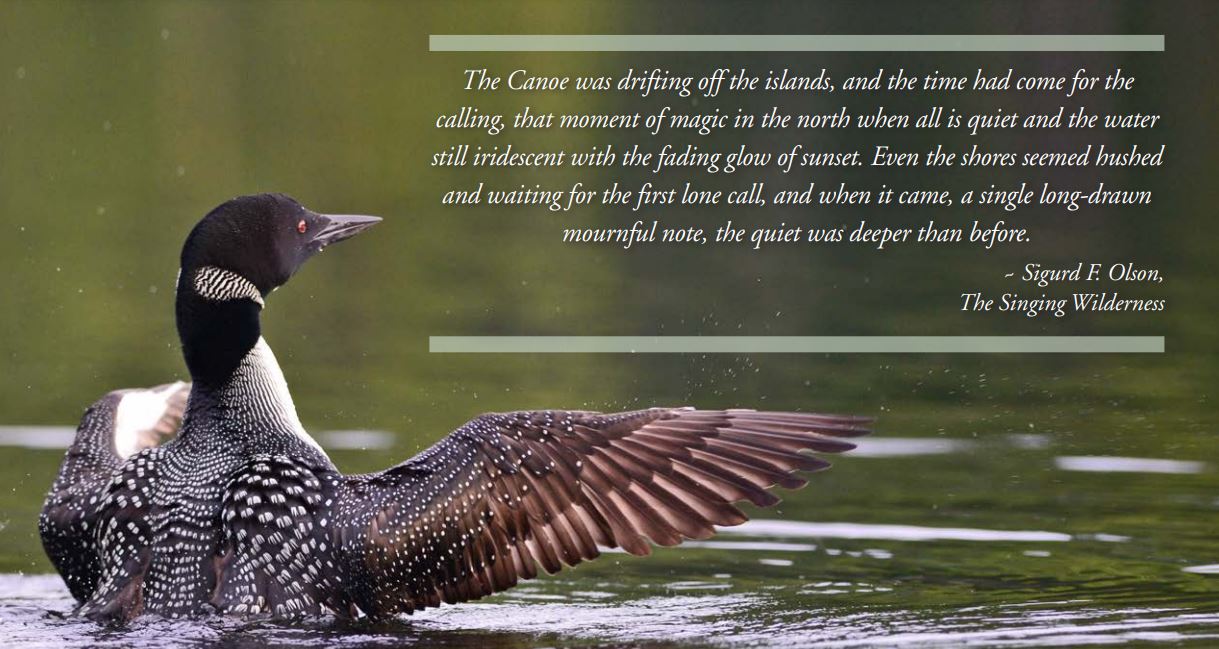The wail is most commonly used for long distance communication between mated pairs of loons. Loon pairs may also wail to one another as they begin to engage with an intruding loon. During periods of high stress, such as when encountering a perceived threat to its nest or chicks, a loon may give a more frantic sounding wail. In these situations, the wail will typically have three or more syllables and may be interspersed with other calls that denote stress, such as the tremolo or the yodel. The wail is frequently heard during night chorusing.
The hoot is a soft, short call that is typically used for short range communication between members of a loon family unit (paired adults and their chicks). Loons may also hoot to communicate with rival loons during low-level territorial interactions. Members of a loon pair sometimes give a harsher sounding, higher pitched variation of this call, called a toot, in the aftermath of a disturbance.
Only male loons yodel. The yodel is typically given whenever a male loon feels threatened, including during aggressive territorial interactions with other loons, when eagles or other predators are nearby, or when a loon’s chicks or nest are closely approached by humans. Male loons often extend their necks flat over the water’s surface while yodeling in order to better project the call. When yodels are given during territorial interactions, the loon may rise out of the water with its neck extended forward and its wings arched toward its rival.
The tremolo is also known as the “crazy laugh.” This call is usually a response to perceived threats, including intruding loons, humans, or predators such as eagles. Tremolos are frequently given during territorial interactions with other loons, during night chorusing, and as a duet between pair members. Loons may also tremolo while flying, usually when flying over lake territories occupied by other loons.
The coo is used when a pair of loons are close to each other. The coo is common when the loons are courting and also when they are on the nest with chicks. The coo is not recognised as common nomenclature when compared to the four major loon calls, but is often heard when near a nesting pair. There is a wide variation in the coo. In some cases it can sound raspy. This audio example comes from LPC’s LoonCam, which operates during the nesting season.
Shuffle the loon calls and play continuously
Please help to support our mission
(Links open in new window)







